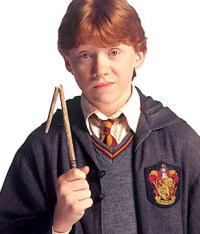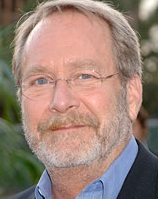Culture Snob, by the Numbers
To mark the fifth birthday of Culture Snob (and the second day of the Self-Involvement Blog-a-thon), some raw data and some calculations: In five years, Culture Snob has produced 514 entries, 36 polls, and 17 commentary tracks – nine full-movie commentaries and eight of the five-minute variety. I have written roughly 450,000 words for the site – an average of about 250 a day, or enough to fill 1,800 double-spaced typed pages over the site’s life.

 I am admittedly writing mostly from ignorance, but I can’t see any way that the
I am admittedly writing mostly from ignorance, but I can’t see any way that the  Somebody entered the following search query and eventually found Culture Snob: “talent OR skill OR intelligence ‘rupert grint'”
Somebody entered the following search query and eventually found Culture Snob: “talent OR skill OR intelligence ‘rupert grint'” In the 1985 HBO mockumentary The History of White People in America, co-writer and host Martin Mull offered the world mayonnaise-loving WASPs – suburbanites who had lost any sense of their roots, to the point that one child’s understanding of his own heritage was limited to the streets on which he and his parents had lived. White people, the show seemed to be saying, are beyond ethnicity and culture. Mull doesn’t see a meaningful connection between that work and his paintings, which are presently touring the country in a retrospective. The only link, he said in a recent interview, is that they reflect his childhood in Ohio. “It comes from the same vein,” he said, “the same mother lode.”
In the 1985 HBO mockumentary The History of White People in America, co-writer and host Martin Mull offered the world mayonnaise-loving WASPs – suburbanites who had lost any sense of their roots, to the point that one child’s understanding of his own heritage was limited to the streets on which he and his parents had lived. White people, the show seemed to be saying, are beyond ethnicity and culture. Mull doesn’t see a meaningful connection between that work and his paintings, which are presently touring the country in a retrospective. The only link, he said in a recent interview, is that they reflect his childhood in Ohio. “It comes from the same vein,” he said, “the same mother lode.”